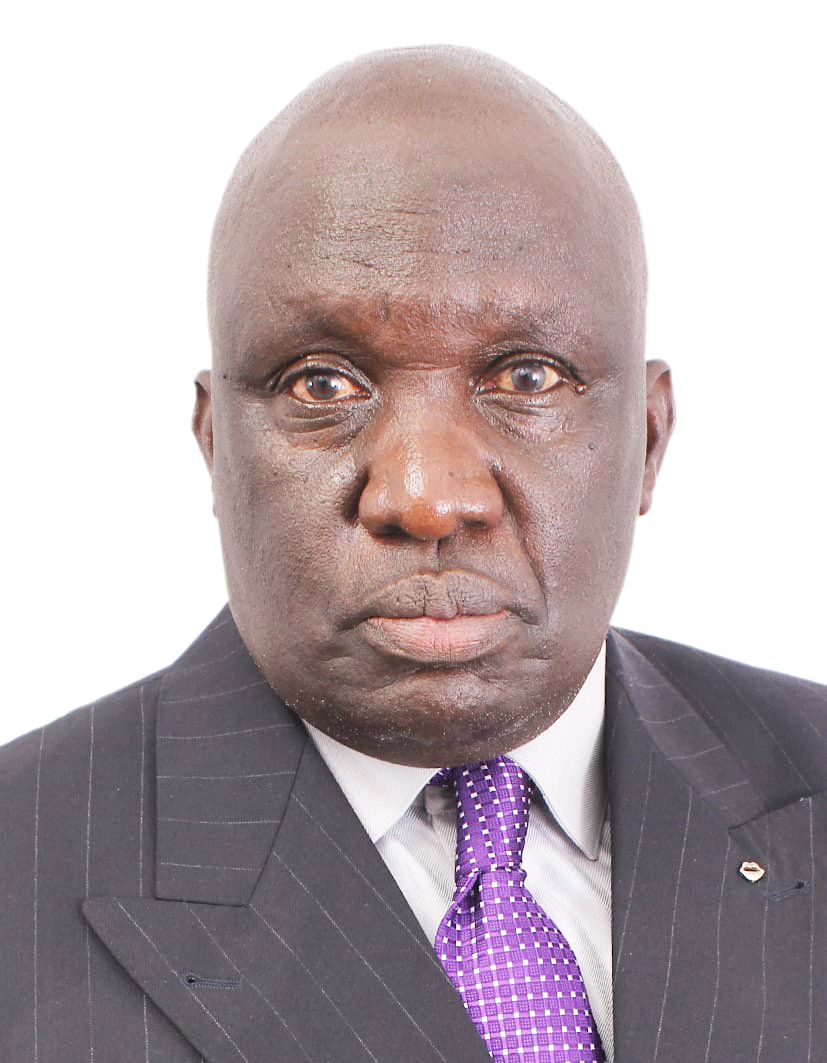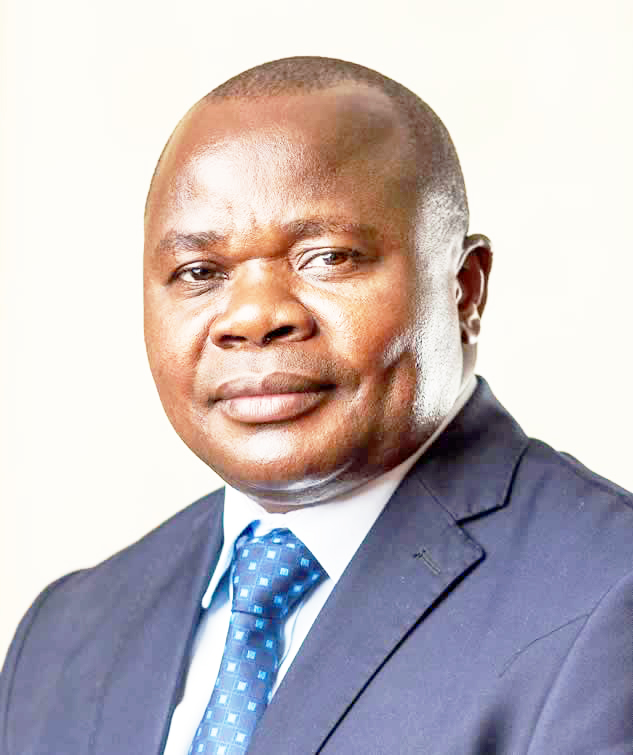By Jackson Okoth
Kenya’s Sacco sector earned Sh40.4 billion as income from loans, Sh 2.3 billion from investments and Sh 4.7 billion as other incomes, raking in a total income of Sh47.4 billion.
This is according to The Kenya Financial Sector Stability Report, 2015 prepared jointly by Central Bank of Kenya, Capital Markets Authority, Insurance Regulatory Authority, Retirement Benefits Authority and Sacco Societies Regulatory Authority (SASRA).
The industry, comprising of both deposit and credit only savings and credit co-operative societies, recorded an increase in total assets of 12.17 per cent, with loans as the single largest asset on the consolidated balance sheet.
In 2015, SASRA renewed the licenses for 181 Deposit Taking Saccos (DTS) even as some of them faced loan repayment challenges, forcing them to increase provisioning, which negatively impacted their core capital.
Saccos in the Agricultural sector experienced high non-performing loans (NPLs) due to erratic weather patterns that negatively affected their farm output (tea and coffee).
Loans disbursed rose by 7.8 per cent, but NPLs declined from 5.73 per cent in 2014 to 5.12 per cent in 2015, indicating tightening of credit administration procedures to mitigate credit risks.
In addition, Saccos increased their loan losses provision by 29.44 per cent, from Sh1.471 billion in 2014 to Sh1.904 billion in 2015 to cushion against loan defaults and write-offs.
Saccos rely on loan interest income as their main source of earnings, accounting for over 85 per cent of total income.
Where they borrow from commercial banks to lend to members, this should not exceed 25 per cent of total assets since the main funding source comes from members’ contribution.
According to the Financial Sector Stability Report, the rapid credit growth in 2015 is attributed to technological innovations, adoption of delivery channels and payments platforms like mobile phones and agency banking that has expanded financial inclusion in the Sacco industry.
The industry recorded 110 per cent increase in income from investment in Treasury bills and bonds, offering high returns in the second half of 2015.
In its outlook, the report points out that increasing demands for prudential regulatory compliance coupled with the fact that majority of the small Saccos are financially and technically constrained remain a challenge.
It warns that growth momentum for the large and medium sized deposit-taking Saccos is expected to exert competitive pressure, with smaller players in this segment opting out of the business to concentrate on non-deposit taking business or merge with larger and financially sound deposit taking Saccos.
Deposit taking Saccos grew above 12 per cent in all key performance indicators, accounting for 75 per cent of the total assets and deposits.
In 2015, DTS with net assets exceeding Sh5 billion accounted for 54 per cent of the net assets and deposits, while those with assets under Sh1 billion held on average, 8 per cent of the assets base and deposits in 2015.
SASRA has been pushing for amendments to the Sacco Societies Act to strengthen the legal framework and improve governance within the Deposit Taking Saccos.
For instance, the Sacco Societies Act requires DTSs to hold and maintain minimum liquidity, develop and implement contingency liquidity plans so as to effectively serve their members.
“This has led to situations where the Sacco Societies borrow expensively from commercial banks to bridge temporary liquidity needs and this has evidently threatened financial soundness of DTS and hence, safety of member deposits,” says the Financial Sector Stability Report 2015.
SASRA has proposed establishment of a Sacco system driven Central Finance Facility (CFF) to aid in liquidity management for Saccos. The CFF will facilitate effective monitoring of system and individual Saccos liquidity compliance hence provide early signal on liquidity risks.
It will also assist in pooling of liquidity, allowing inter-lending among Saccos and enable Societies access to cheaper funds outside the formal banking system.
SASRA is also behind amendments to the Sacco Societies Act (Cap 490B), now before a Departmental Committee in Parliament, which will allow Saccos to share both positive and negative credit information of their members with other financial institutions.
The current Credit Information Sharing (CIS) legal framework is limited to inter-Sacco sharing of negative information only and with SASRA alone.
The Saccos Societies Act (Cap 490B) envisages that SASRA shall vet key officers of Sacco societies, through the ―Fit & Proper Test‖ form provided in the Regulations.
To ensure probity and fitness of persons elected as directors, SASRA has proposed a provision to stipulate the minimum criteria for assessing the fitness and propriety of senior officers of DTS, which includes Directors and senior management.
These proposals are now part of the amendments that will soon become law, if passed by Parliament.
Sacco Review|The Leading Newspaper for Co-operative Movement in Kenya
The Leading Newspaper for Co-operative Movement in Kenya

